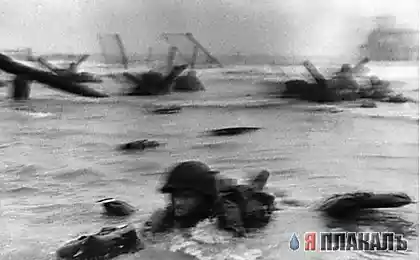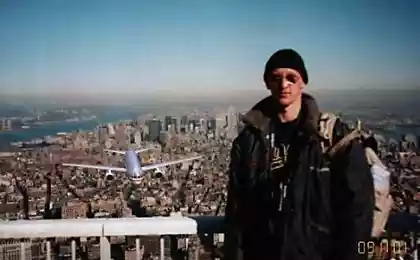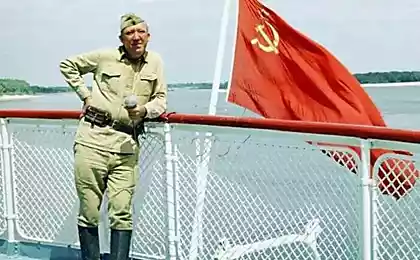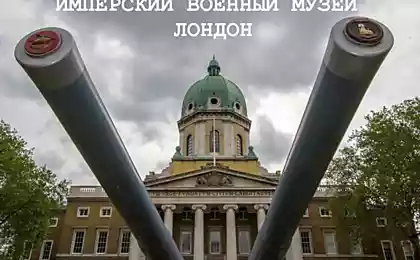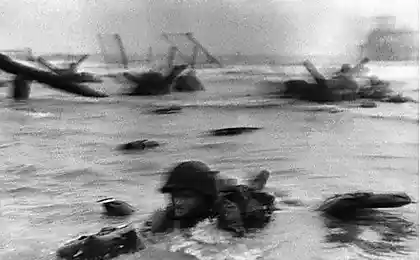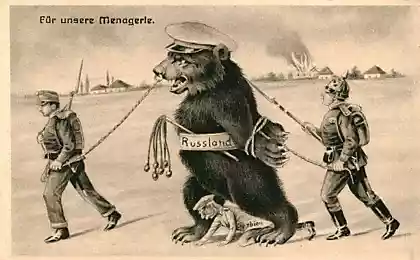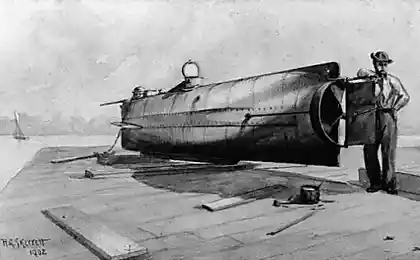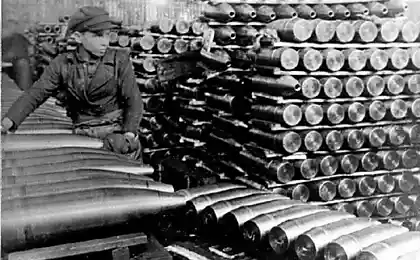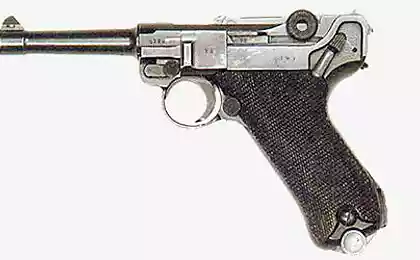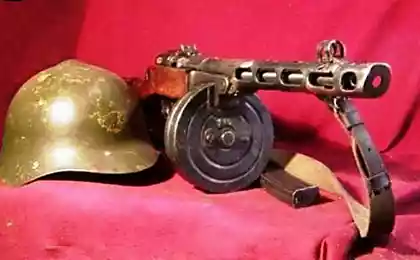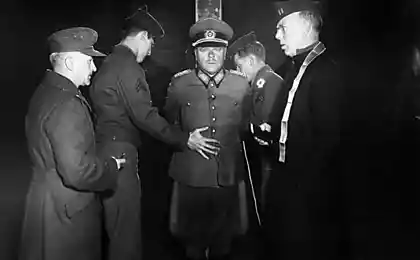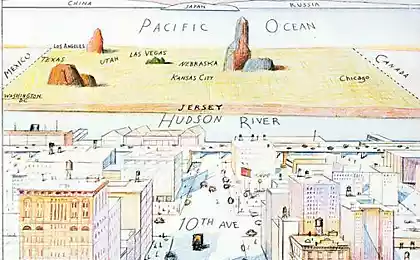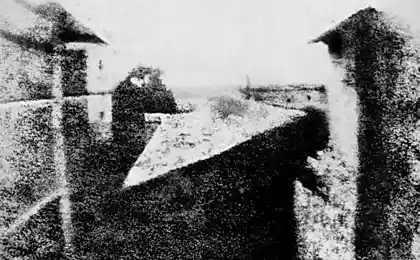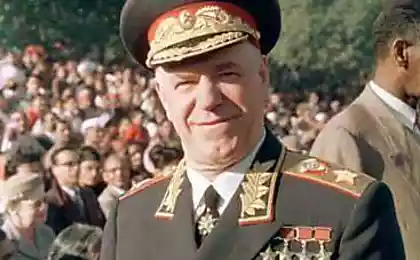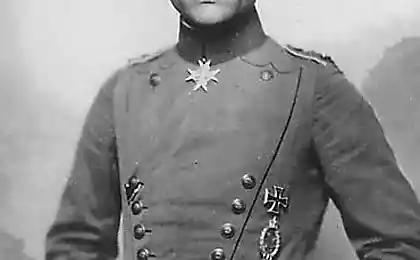966
Technology First World War (Part One)
This kind of material we are opening a triptych, which describe the techniques and technologies of the First World War. Why her? It was the first World War, where technology has been a major asset.
Most of the technologies used today, in fact, was born during the First World War. You may be surprised, but by the summer of 1914, many of the European states still have seen their army on horses and spears. By the end of the war, in service many had bombers, chemical weapons, rapid-guns, tanks and so much more.
Americans use an acoustic locator on wheels, to determine the distance to the aircraft flying. The prototype of the future radar.

Austrian train was in Galicia, in 1915.

A look inside the armored train station Chaplino, Dnepropetrovsk region, in 1918.
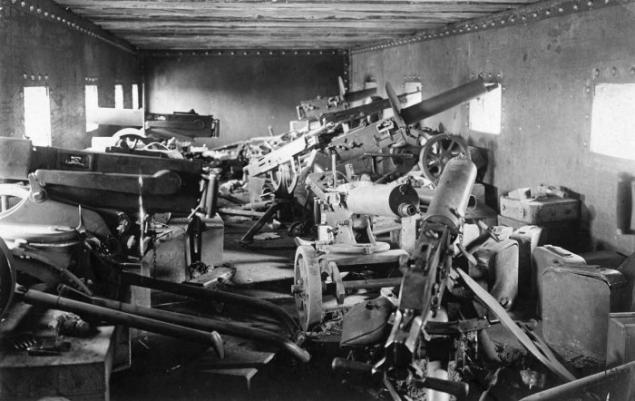
German soldiers with a mobile radio station. With bikes, they produce the required electricity in 1917.
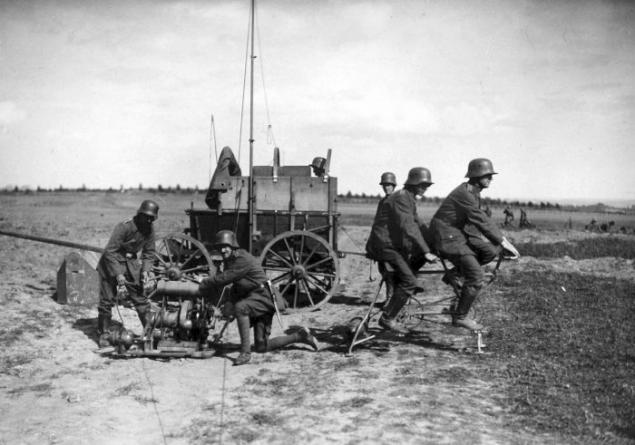
The attack on the French commune Bapom, two tanks and a lot of mortars at the infantry in 1917.
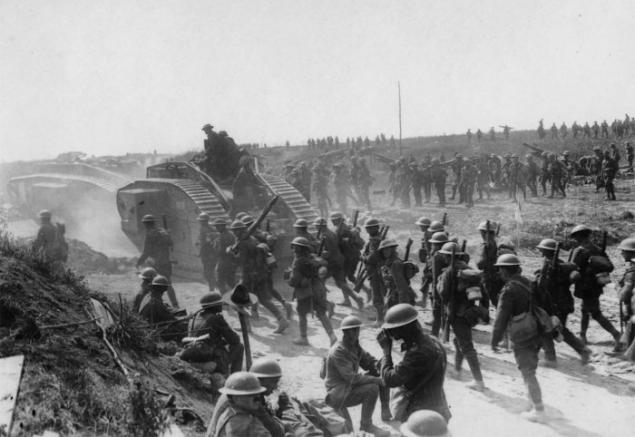
A soldier in the US motorcycle Harley-Davidson. During the First World War, the Americans have put Europe more than 20 thousand motorcycles.
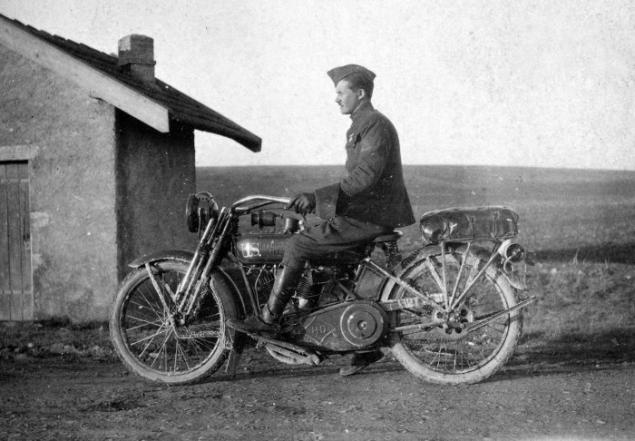
British tanks Medium Mark A Whippet around Ashie-le-Petit, France, August 22, 1918.
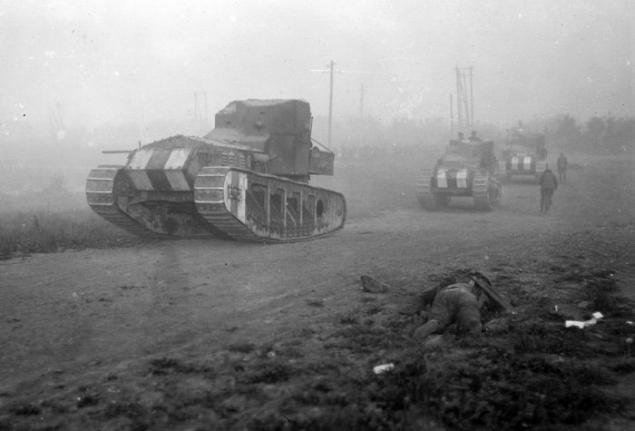
380-mm gun «Langer Max» was considered the most powerful weapon of the First World War. She was able to "deliver" projectiles weighing up to 750 kg to a distance of 34 kilometers.
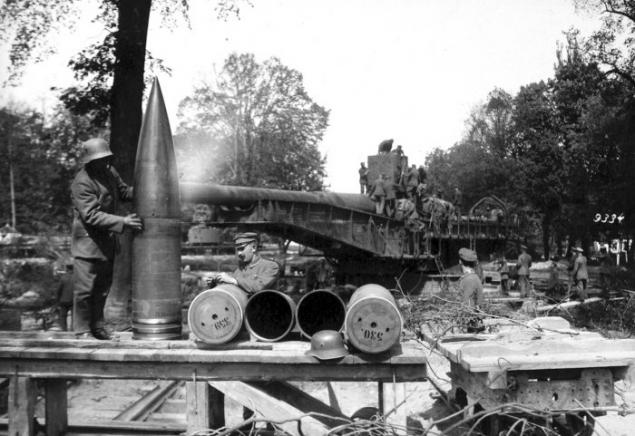
German infantrymen in gas masks and nalobnik for protection against fire in the trenches, 1918.
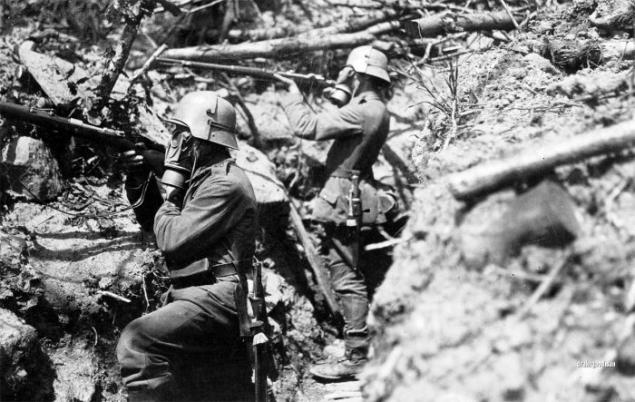
Pseudotrees set by the British military to monitor the enemy.

Turkish troops used helio - communications device called a wireless solar telegraph, 1917.
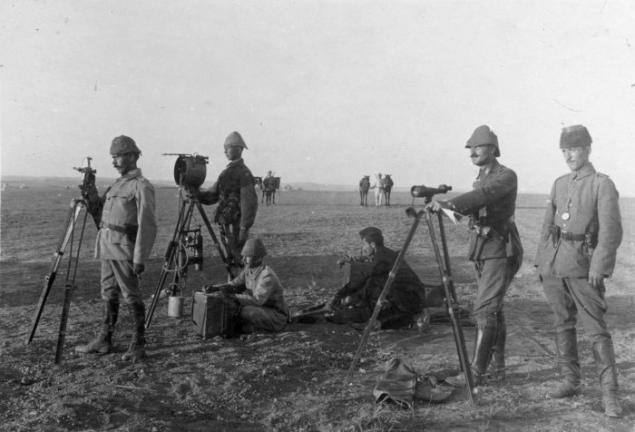
Experimental armored car for physicians, who collected the wounded at the front. Narrow wheels and low ground clearance made etottransport ineffective 1915.
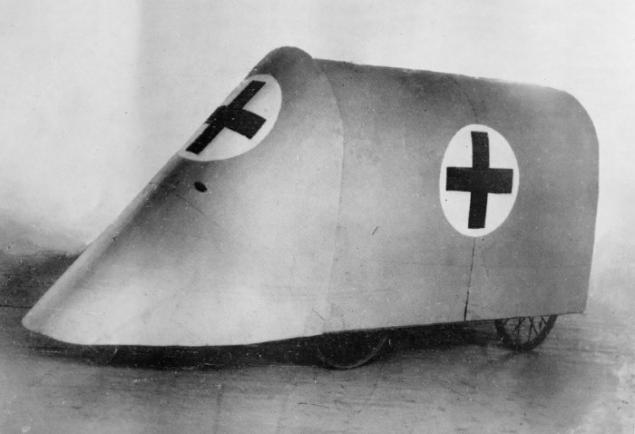
American soldiers hastily don gas masks in anticipation of a chemical attack. Flares and gongs warned of the possible danger.
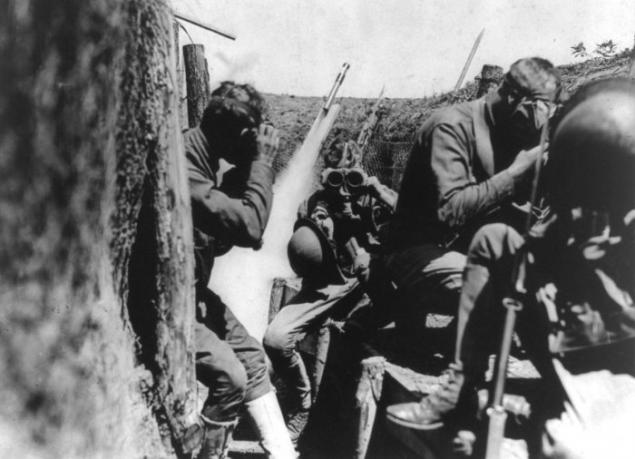
Abandoned German excavator digging a trench. Most of the trenches in the First World War had been dug by hand, but there were those who created the technique.
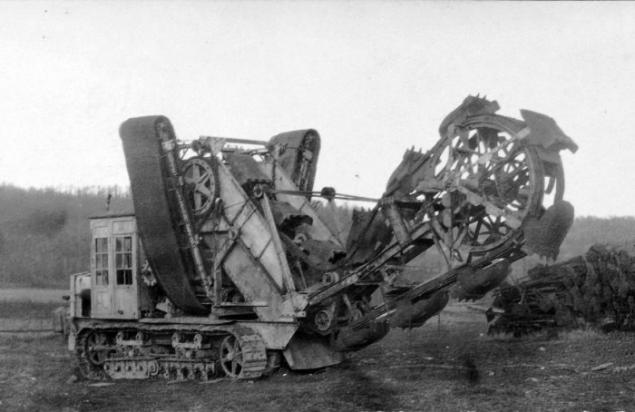
A German officer holds field wired telephone handset, while the other two hold the spool of cable on hand.
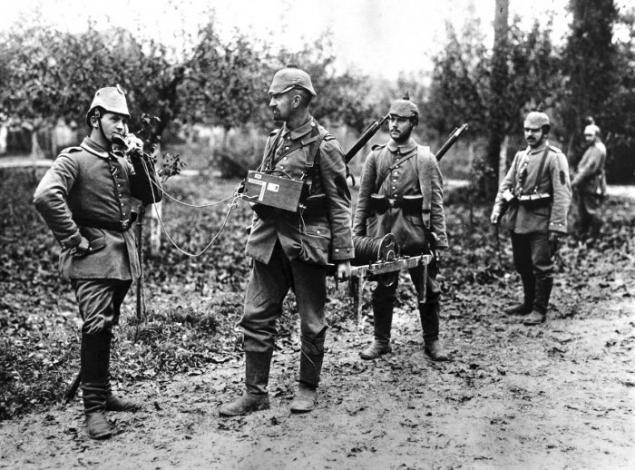
See the continuation of tomorrow.
Most of the technologies used today, in fact, was born during the First World War. You may be surprised, but by the summer of 1914, many of the European states still have seen their army on horses and spears. By the end of the war, in service many had bombers, chemical weapons, rapid-guns, tanks and so much more.
Americans use an acoustic locator on wheels, to determine the distance to the aircraft flying. The prototype of the future radar.

Austrian train was in Galicia, in 1915.

A look inside the armored train station Chaplino, Dnepropetrovsk region, in 1918.

German soldiers with a mobile radio station. With bikes, they produce the required electricity in 1917.

The attack on the French commune Bapom, two tanks and a lot of mortars at the infantry in 1917.

A soldier in the US motorcycle Harley-Davidson. During the First World War, the Americans have put Europe more than 20 thousand motorcycles.

British tanks Medium Mark A Whippet around Ashie-le-Petit, France, August 22, 1918.

380-mm gun «Langer Max» was considered the most powerful weapon of the First World War. She was able to "deliver" projectiles weighing up to 750 kg to a distance of 34 kilometers.

German infantrymen in gas masks and nalobnik for protection against fire in the trenches, 1918.

Pseudotrees set by the British military to monitor the enemy.

Turkish troops used helio - communications device called a wireless solar telegraph, 1917.

Experimental armored car for physicians, who collected the wounded at the front. Narrow wheels and low ground clearance made etottransport ineffective 1915.

American soldiers hastily don gas masks in anticipation of a chemical attack. Flares and gongs warned of the possible danger.

Abandoned German excavator digging a trench. Most of the trenches in the First World War had been dug by hand, but there were those who created the technique.

A German officer holds field wired telephone handset, while the other two hold the spool of cable on hand.

See the continuation of tomorrow.



